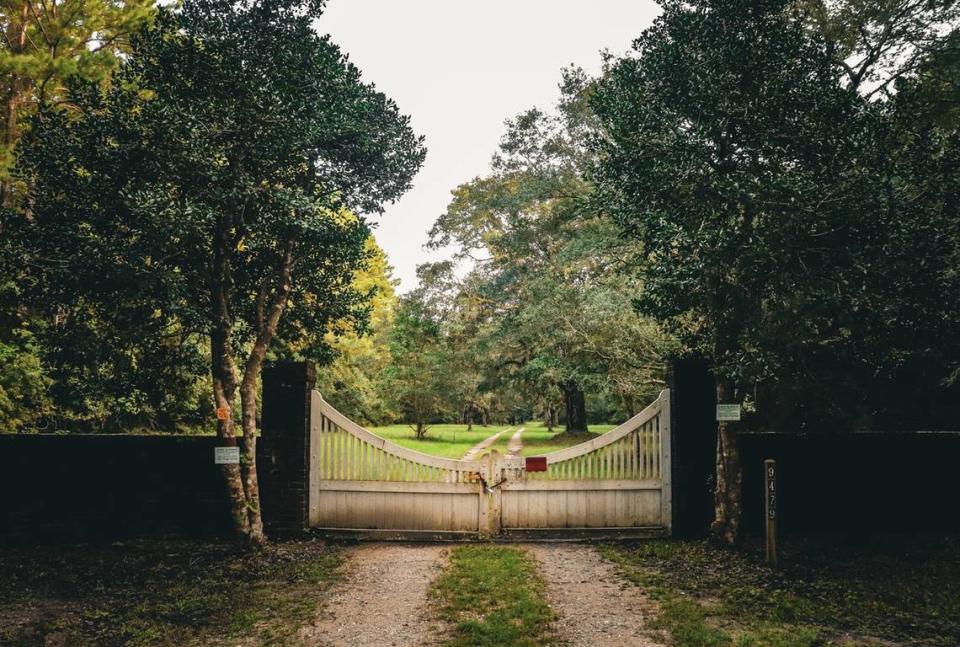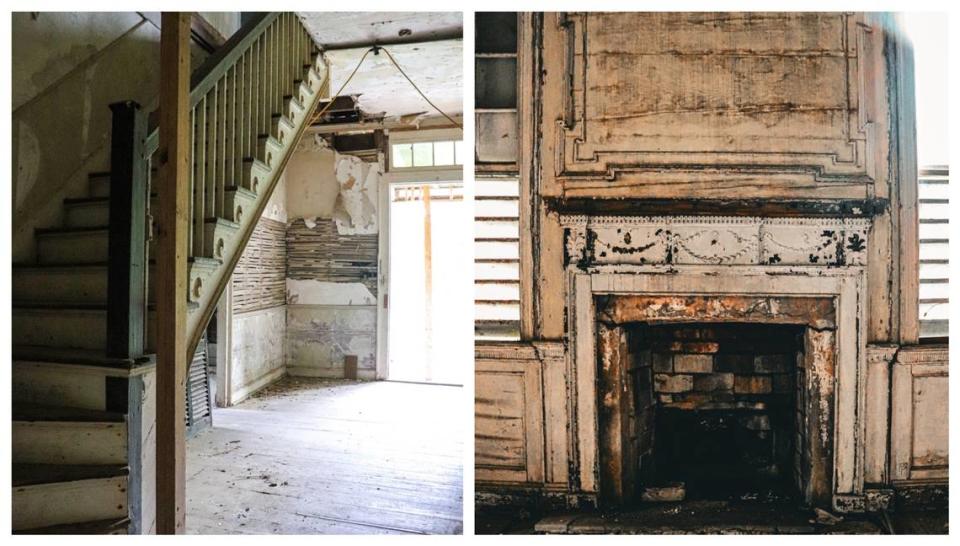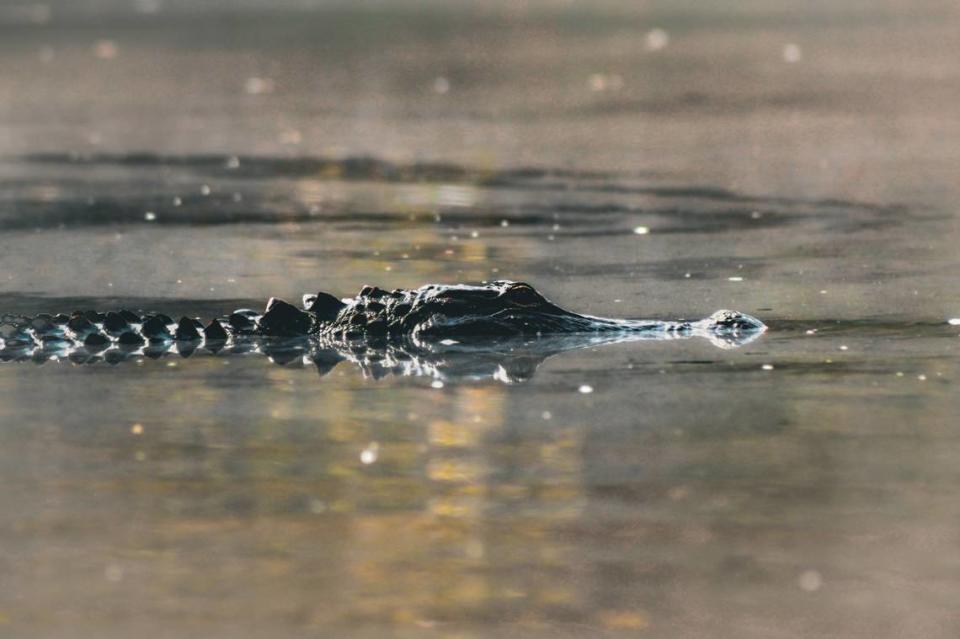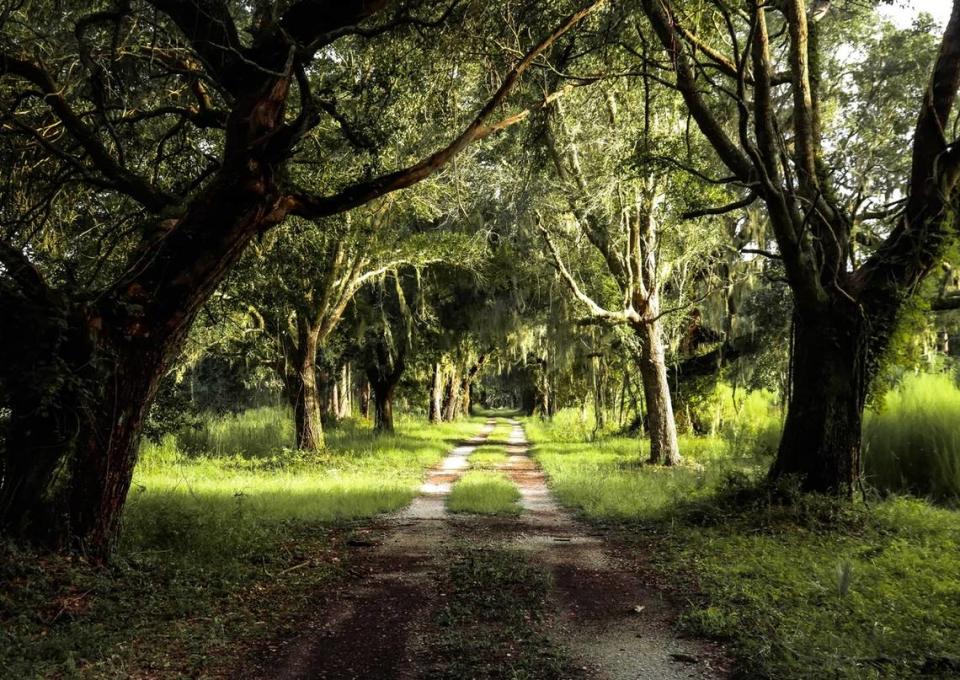Explore SC’s Tibwin Plantation house and trails for history lesson and wildlife watching
The Lowcountry is not just a crossroads of the present, where tourists flock, retirees settle and people from all walks love coastal living. The Lowcountry is a crossroads of the past and the future, neither of which can be escaped.
William Faulkner describes this well in his 1940 novel “The Hamlet.” One of the characters of his gothic novel is described as having “…fled, not from his past, but to escape his future. It took him 12 years to learn you cannot escape either of them.”
There is a place in the Lowcountry that cannot seem to escape the past, and it is trying hard to escape the future, but the combination of both of these elements makes it a beautiful and unique outdoor destination. This is the Tibwin Unit of the Francis Marion National Forest near McClellanville.
The lands constitute the former Tibwin Plantation, a major coastal plantation first established in 1705.
Where sea island cotton was once grown, now coastal forests flourish. Where enslaved people once toiled and suffered before hard-won freedom, now wildlife roams, as birds, deer, alligator and other creatures make it their home. The scars of the past are still seen, but the promise of the future awaits, and Tibwin is a place to experience them both.
The main attraction for this nearly 1,500-acre tract owned and managed by the U.S. Forest Service is the South Tibwin Loop Trail. This 2.5-mile loop trail is part of a nearly five-mile system of trails that crisscross the South Tibwin Unit of the Francis Marion National Forest.
The former plantation roads and waterways now provide shaded, grassy paths to hike, run or mountain bike and picturesque spots to safely view Lowcountry wildlife. The woods are filled with birds, including migratory songbirds, and the shallow waters are home to wading birds such as egrets, herons and ibises. South Tibwin Loop Trail is a popular destination for birders, who flock during the seasons to observe the regions melodious and sometimes mysterious avian visitors. Over it all, bald eagles, ospreys and owls soar, and in the water, alligators keep silent sentry over their Lowcountry home.

A unique feature of Tibwin is the former plantation home. Built in 1805, the plantation house is a simple frame structure that was originally built closer to the water before being moved more inland after he great hurricane of 1822. Its prosperous days long gone, the house is now in a state of disrepair, though efforts have been made for its restoration since the Forest Service acquired the property in the early 1990’s.
You can visit the house from the northern entrance to the property. The road is closed, but foot travel is welcomed. You may walk around the locked plantation gates and stroll nearly a mile down the old avenue of oaks to view the home.
Recently, I visited South Tibwin Loop Trail and Tibwin Plantation and enjoyed several hours of exploration. In the late afternoon, as the summer sun dipped in the Lowcountry sky, I walked the old avenue as the shadows of mighty oaks fell across the path.
The promise of the future was all around me, in the growing forest, and with the sound of a busy coastal highway in the distance. But here I encountered the past. The empty house stood silently in the growing shadows, and history seemed to beckon.
As the surrounding woods came alive with the sounds of the night creatures calling, I made my way back to my car to head home.
As a destination for fitness, to view wildlife, and experience nature, South Tibwin Loop Trail is an ideal place. You are a part of its future and will be reminded of another word of Faulkner that, “the past is never dead; it is not even past.”

Getting there
The South Tibwin Loop Trail is located just off U.S. 17 between Charleston and Georgetown. About a 2 1/2-hour drive from Beaufort County will take you through Charleston and along the lonely coast highway, where you will turn off before crossing the wide delta of the Santee River. At approximately 26 miles north of Mount Pleasant, you will look for a paved entrance and fence marked with a brown U.S. Forest Service sign.
Parking is sufficient, but there are no facilities, so you will need to bring water, snacks, appropriate clothing and bug repellent for the ever-present Lowcountry insect population.
The Town of McClellanville is only five miles farther on U.S. 17 and a good place to grab lunch or dinner before heading home.
The trails are usually grassy and very well-maintained. Leashed pets are allowed, and so South Tibwin Loop Trail is a fine place to bring your four-legged friends, but remember that this is not a park but a nature preserve. Keep a watchful eye out for alligators; they will be watching you and your dog.

The entrance to view the old house is located on the right-hand side, a half mile farther on the highway. A small parking area allows you to leave your vehicle to explore on foot. Please use caution and respect the work of others to maintain and preserve historic locations.
The trail is open dawn to dusk year-round, but some areas can be off-limits for scheduled hunts and seasonal wildlife management.
For more information on South Tibwin Loop Trail, go to:
U.S. Forest Service website at www.fs.usda.gov/recarea/scnfs/recarea/?recid=47279
SC Trails at www.sctrails.net/trails/trail/south-tibwin


